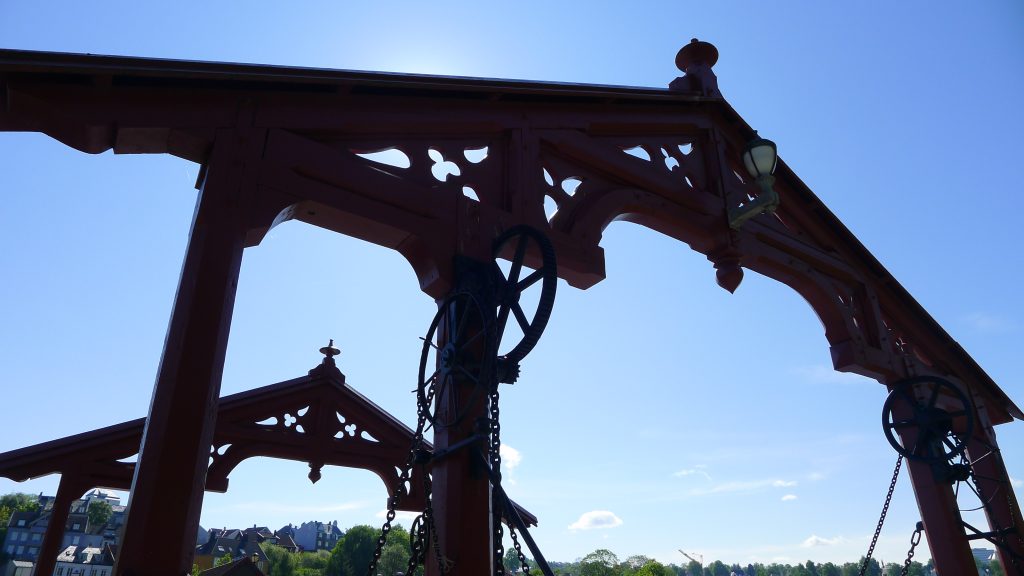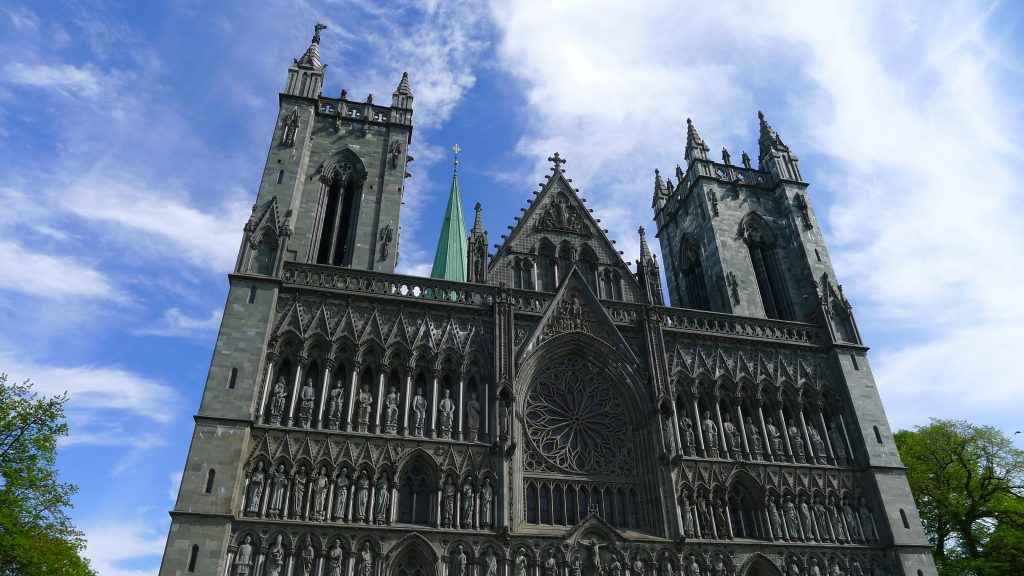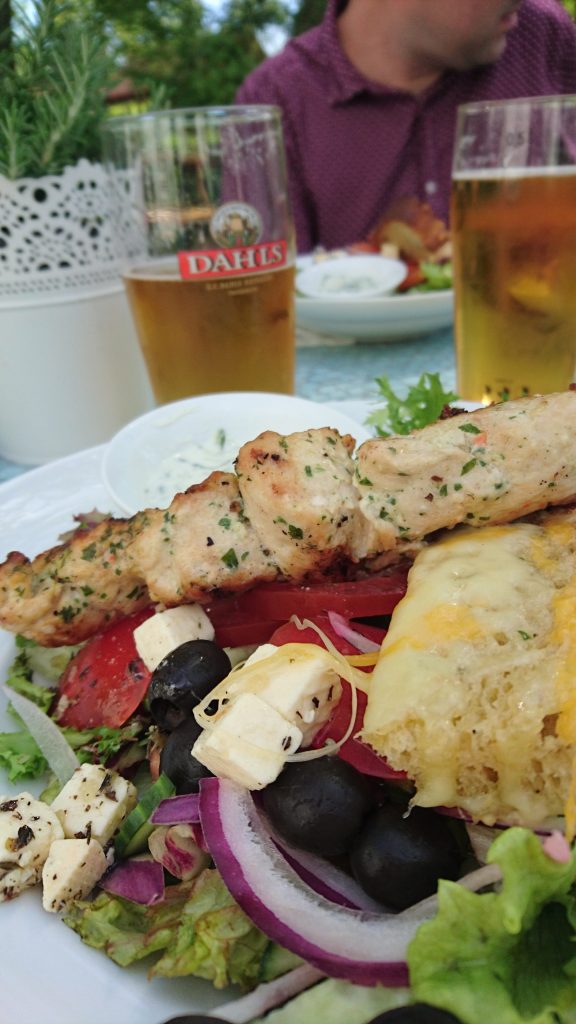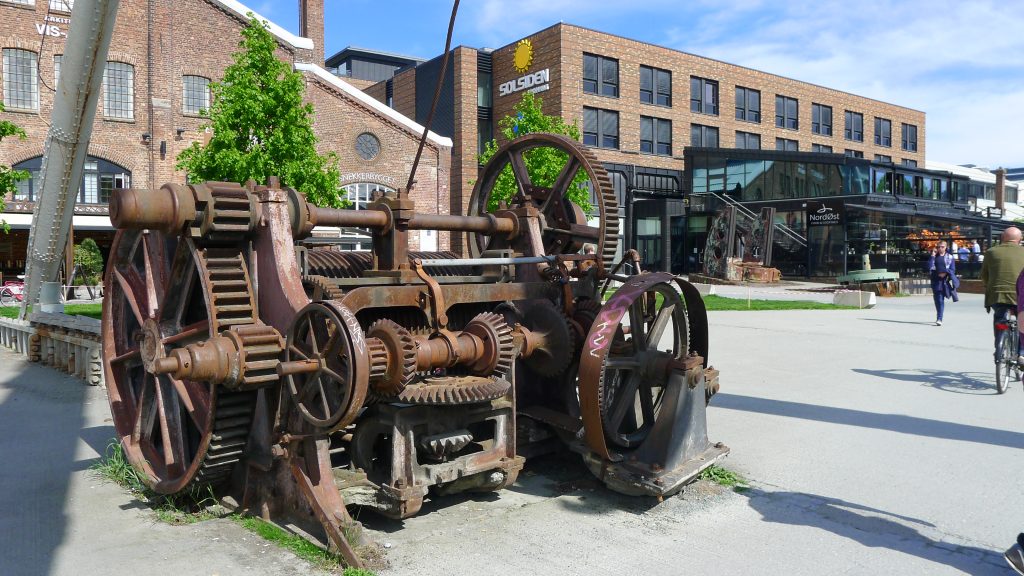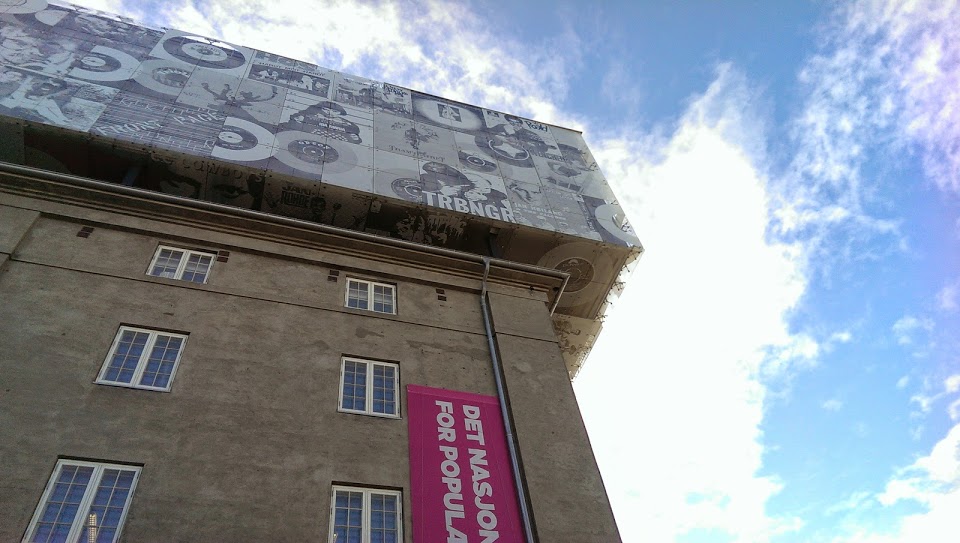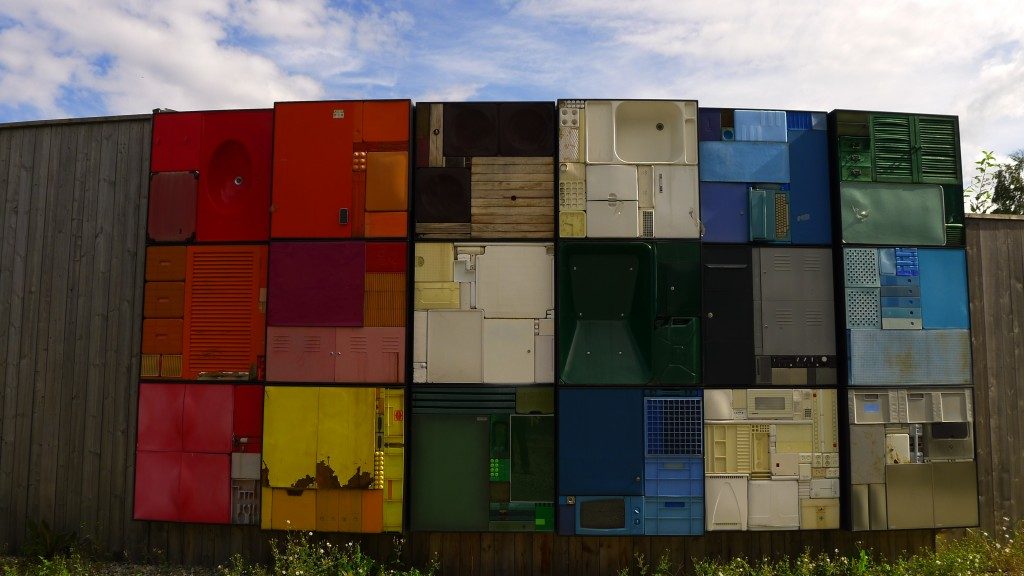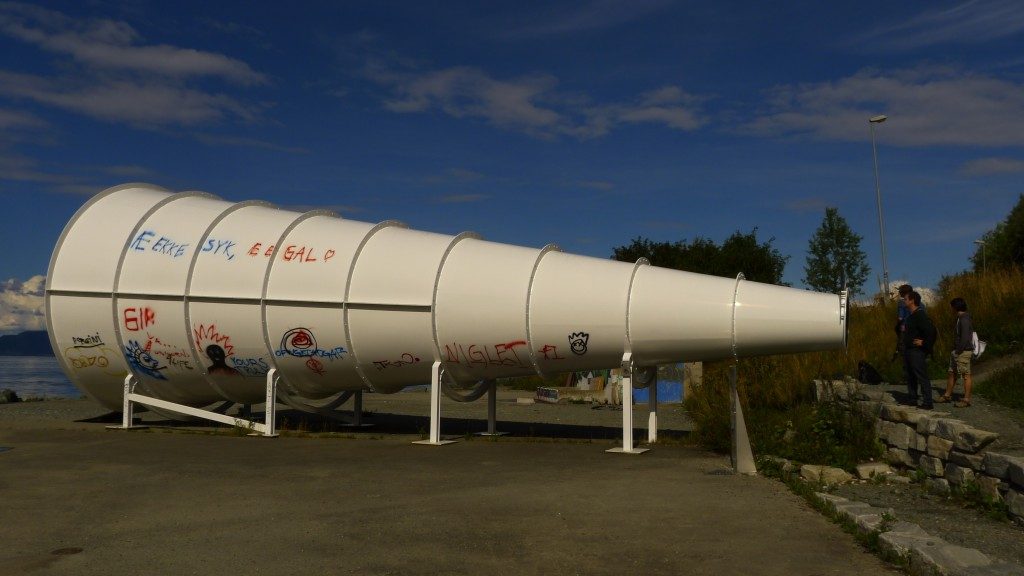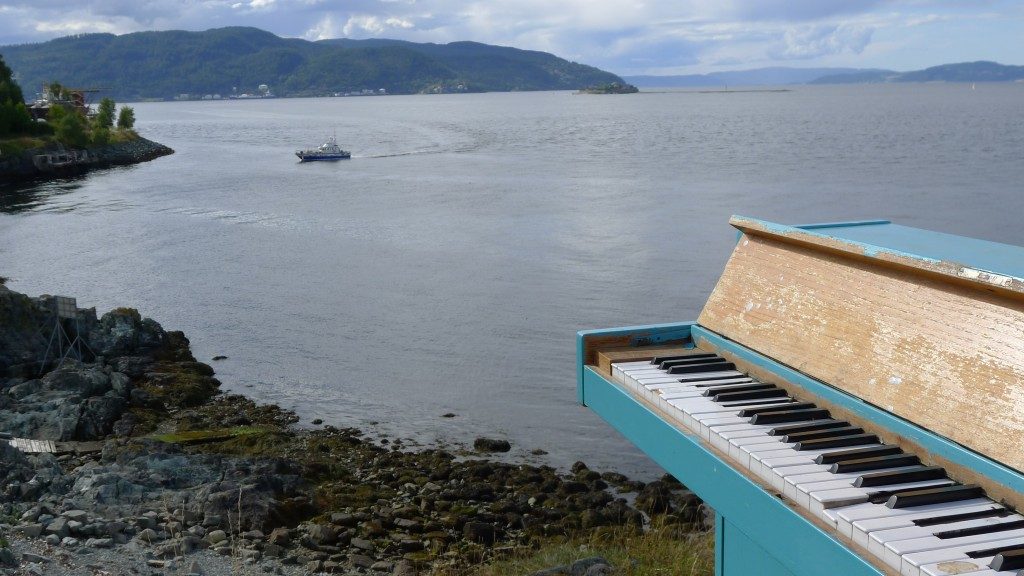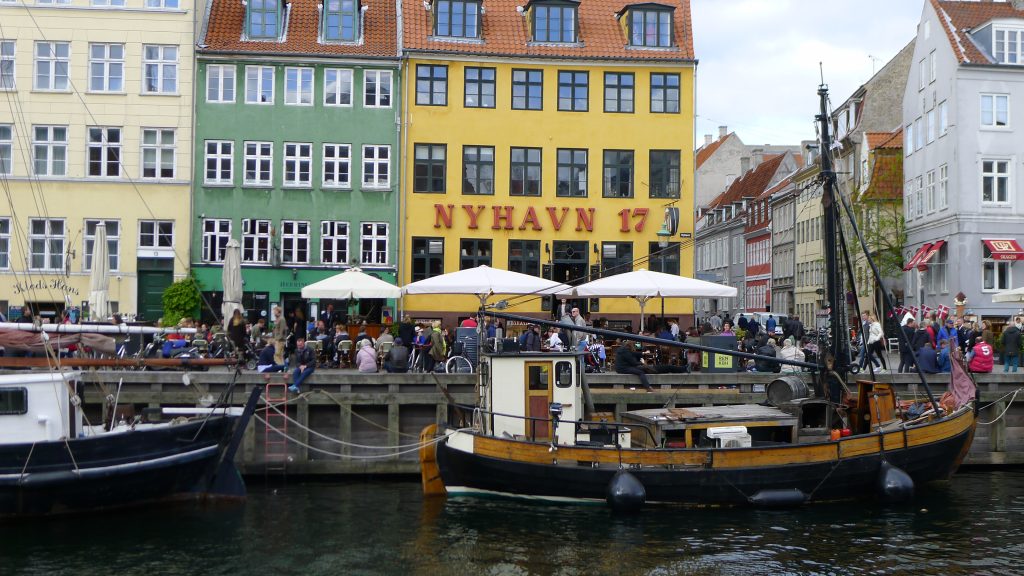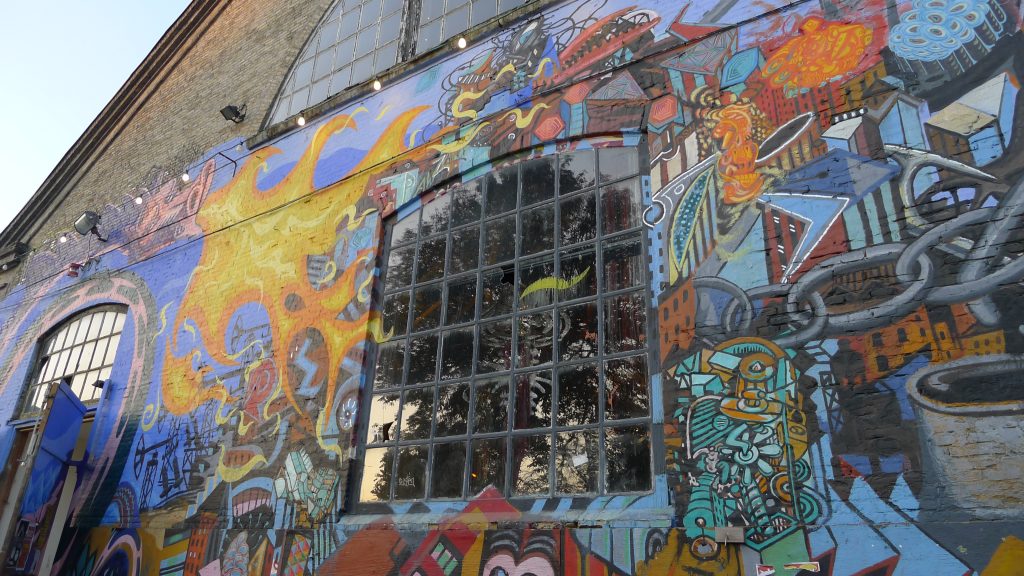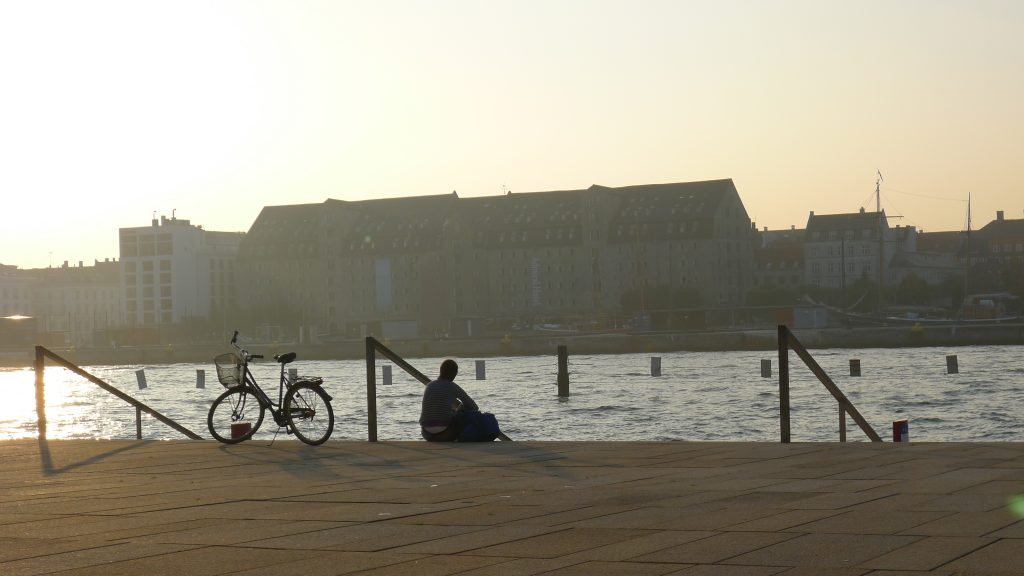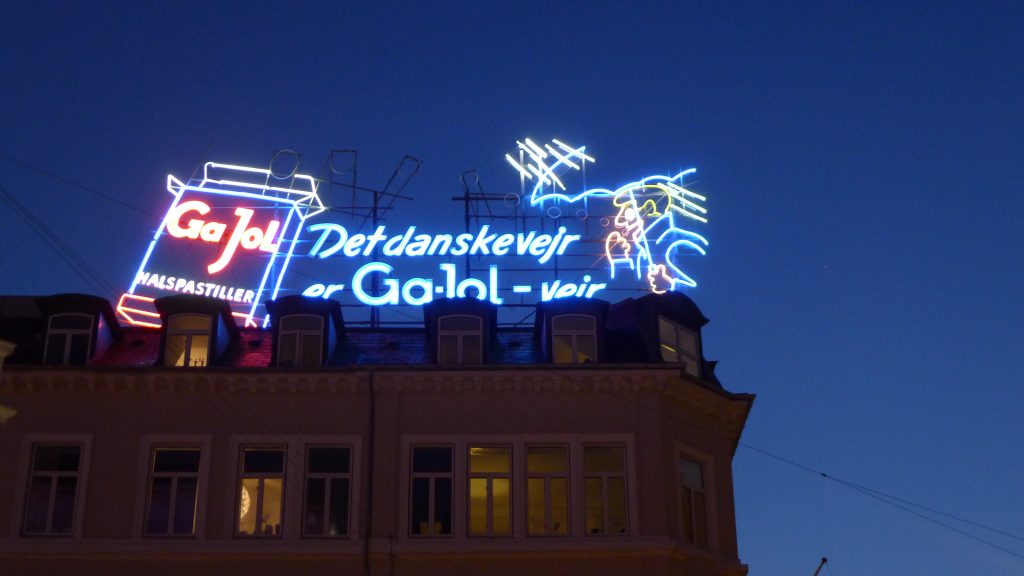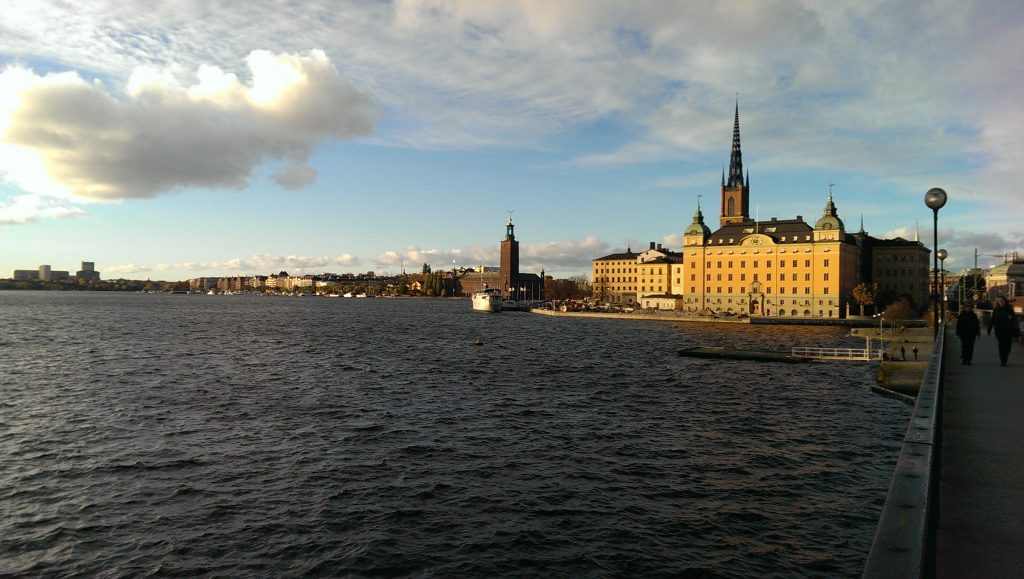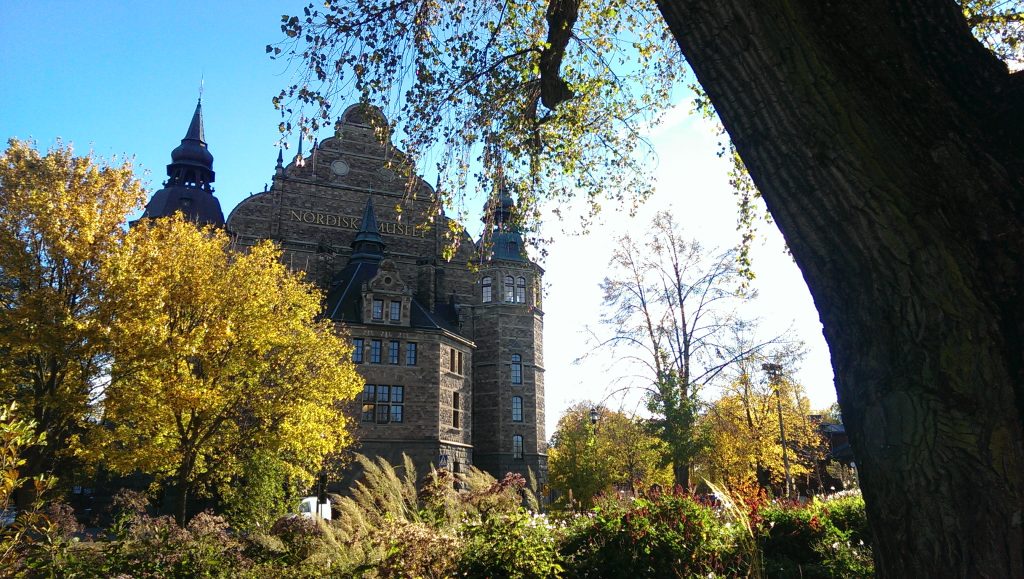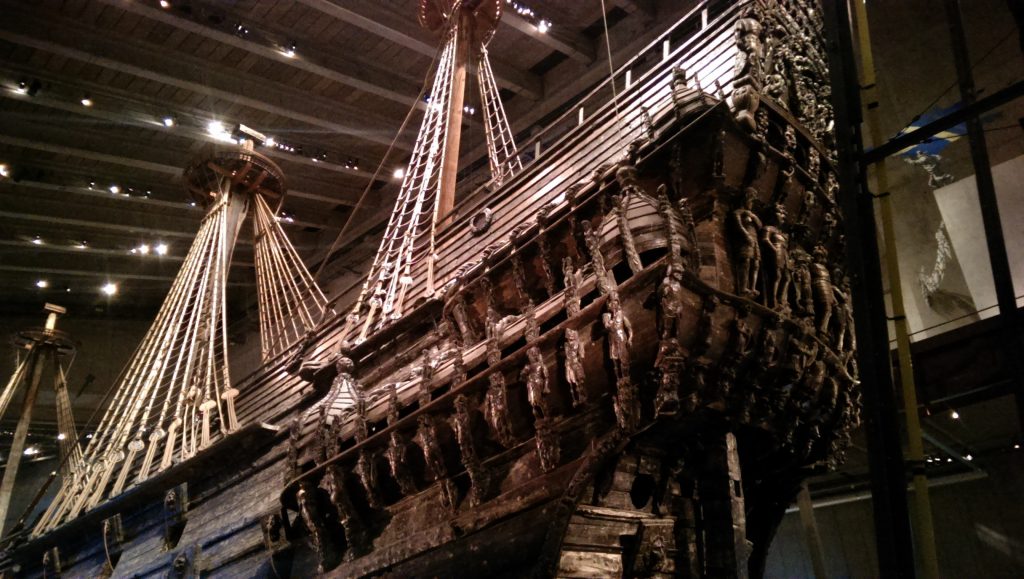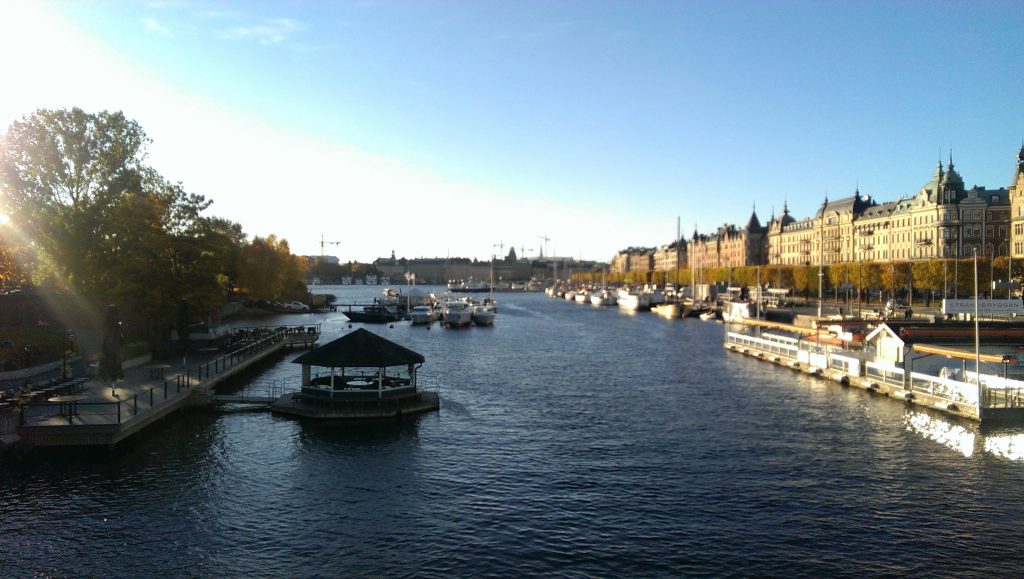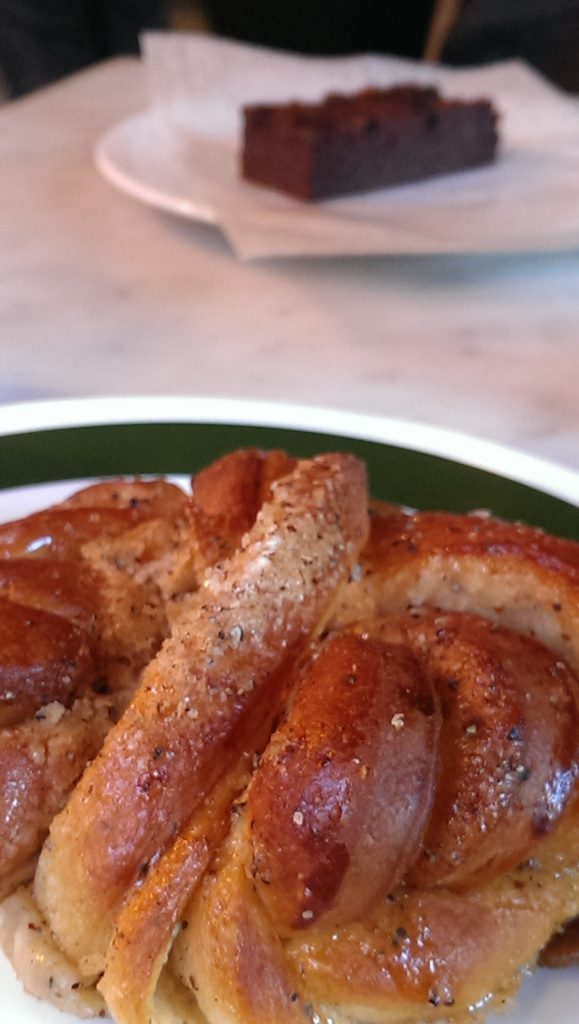In a reflective mood, it occurred to me that some of my favourite travel moments are defined by having an open mind on where to go and then somehow getting there, even if turns out to be a right pain in the arse. I was first bitten by the travel bug in 2005 when I convinced a friend to visit Stockholm with me. In the winter. Ridiculous. But the flights were about £12, so, why the hell not?Evidently, this isn’t the definition of flinging myself off the beaten track, but being a third year uni student, it’s the polar opposite to a ladz holiday to some island full of babes and booze, and since then I’ve never looked back. And at the age of 36, I don’t see any lads holidays in the future.
Despite my fear of crashing and burning into the ground because, in my mind, all aircraft are just flying tubes of petrol, I loved the moment the plane went above the clouds and I saw a beautiful sea of rippling sky-pillows beneath me. We explored Stockholm, visited the island full of art galleries and even took a boat out to Vaxholm island where it absolutely pelted it down with incessant rain. To be contrary, I acted like this was exactly what I wanted, but my friend remained glum and didn’t believe my tricks. Luckily, we found a cafe that sold cake with vanilla custard and hid from the deluge.
Other holidays followed, including an exciting trip where we went from Brussels (hugely underrated city!) to Cologne (bland) as a spontaneous day trip and then more standard trips to Madrid and Barcelona. A visit to Tallinn and Helsinki confirmed my adoration of all that northern Europe can offer and in 2009, a trip to Georgia, near Russia, really lit a fire about the sorts of holidays I wanted to have.
I fell for Georgia almost immediately, struck by wooden scaffolding, cleaners harassing rubbish on the streets with brushes that looked fairly similar to broomsticks and, not being unkind, genuine hags. Tbilisi was a magical eye-opener and part of the thrill and annoyance that comes with travelling off your own steam was experienced at the train station. We needed to get a train from Tbilisi, across the country to Batumi, now some sort of cut-price Vegas by the sea. We queued patiently to get train tickets, so locals would push in front to argue with the person giving out tickets and leave with tickets. I couldn’t argue in Georgian, and I’m not terribly keen on doing it in English, so when we got to the counter, we were denied tickets because of a power cut. I had wondered why things were gloomy. We did eventually get tickets when a tour guide we spent two days with, argued with the ticket seller on our behalf.
In Georgia, we arranged to go on a cycling tour, and the package was to part ride, part drive to a village called Tianeti. We spent a night with a host family who cooked us a feast of the most spectacular Georgian food, food I still cook to this day and rate as amongst the tastiest on the planet. I was in traveller heaven. I’ll always remember the woman picking out wild garlic and coriander from her garden. The flavours were spectacular. We all got drunk.
A year later, a friend and I went on an ambitious tour of Sweden, starting in Stockholm and taking in the archipelago, as well as Umeå, Luleå and Arjeplog all by planes, trains, boats and automobiles. The island of Finnhamn was intensely relaxing and in terms of amenities, it had a little store open ’til 5pm and then a fantastic restaurant, open late. Once again, we were caught out by taking matters in our own hands and not booking in advance, finding that the restaurant was fully booked until at least 10pm. With no other options for food open to us, we sat on the terrace, looking at the view in front of us and adding secret glugs of Finnish Koskenkorva vodka to glasses of coke.
We visited Arjeplog for the midnight sun and when recently discussing that evening in Arjeplog, our memories were specific to the point of words we spoke. It is burned into my memories as something so mind-blowing it’ll be there in that photo montage bit you get before you die. As we took a night train over 1000km back to Stockholm, a woman in the train cafeteria asked us what we had been doing in Arjeplog and the answer that we’d done almost nothing but look at the scenery, walk and stare open-mouthed at the midnight sun. This didn’t seem to move her to tears as it had me. But that’s the Swedes for you, they are rather reserved.
In 2011, I went on a trip to Jordan and Syria, where I got to enjoy see Amman, Petra, Jerash and Wadi Rum in Jordan. Our hotel in Amman had been bombed by Al-Queda in 2005, so every time we entered our bags were X-Rayed and we were vaguely patted down, but I still felt very safe in the country and refused to let the actions of some pathetic terrorists stop me exploring the world.
In Wadi Rum we stayed in a tent made out of goat hair and spoke to people who were on an organised trip, which had cost one couple thousands of dollars and included things like hot air balloon rides – I will never entrust my life in wicker baskets powered by flames – and camel rides, where the camels growl, spit and walk at a slow pace. They believed that the Goat Hair Inn was some sort of exclusive place; I did a Google search after seeing how incredible Wadi Rum looked and $120 dollars later, my friend and I were staying in the exact same conditions as them. We all ate food that was cooked in a pit below the sand and afterwards, my friend and I stood in the desert, transfixed by the silence and stillness of the emptiness all around. Later that night, I got paranoid that we’d be stung by lobsters, until my friend told me I was actually afraid of scorpions. Great, that’s two animals that wanted me dead. I slept like a log in the end.
After this we headed to Syria, where things were slowly unravelling, the Friday we were in Aleppo was the deadliest in the unrest so far, with reports that up to 100 people were killed. Nothing seemed out of the ordinary for us, but it was clear that tourism was way below what would be expected. After a trip to some ruins outside Aleppo, we encountered a small protest where people waving olive branches were briefly around our car. Knowing that the government was shooting live ammunition and tear gas at people, my body froze with fear that something would go wrong, but we passed on. Later that evening, we found ourselves in a gay sauna, suggested to us by locals who clearly thought we’d appreciate the experience. It was bizarre when I had to ask the masseuse to give me a half-hearted rub; he seemed taken aback that someone wanted to do anything other than flirting. I’m fairly certain that hammam was partially destroyed by fighting. It always feels exciting to find a guide on the street and use their services to explore a place, and in Syria we found a driver who suggested we take a day to visit the Dead cities in-between Aleppo and Idlib and to the magnificent remains of Krak des Chevaliers, near Hama. Why trust a random bloke in the middle of the street, you say? He showed us lots of leaflets in the boot of his car and he had a lanyard, so we felt pretty sure he was the real deal. Luckily, we were right.
I couldn’t recreate this holiday now, but I am forever thankful that I got to do it at all. Had it been just a few weeks later and I am sure I’d have backed out, especially as the Foreign Office at this point had make Syria entirely red on their travel advice map, a colour if remains to this day.
My 2012 jaunt to Cuba was thrilling for many reasons, but what stood out to me was the informality of the country. You really could hang out looking like a confused tourist wearing a straw hat and someone would come along to offer you accommodation or tell you your accommodation was on fire/full of rats and voila, you’d have a place to sleep. I recall how we dropped by a place we’d previously stayed at in Havana, needing to find somewhere to stay and the owner flipped through a rolodex and called some friends. Twenty minutes later we were in someone else’s home and they were frantically making swans out of towels for us. In my notebook, I had written that there was a woman in Viñales who made heart-breakingly good food and somehow, without GPS and wifi, we found her house, knocked on her door and asked if we could eat there. Sure, she said, in her pyjamas. There’s a certain sense of adventure in just turning up at a stranger’s home and hoping for the best, but generally, Cuba didn’t let us down. I recall being in the stunning city of Trinidad, heading to a beach near our fantastic accommodation, Casa Munoz and after our beach excursion, where real life Cubans were downing neat Havana Club in the sea, we had no transport back. A man with a truck sensed we were tourists – the straw hats, the pale skin and union jack tracksuits probably gave us away – so he let us jump into the back and took us to Trinidad. What a dude.
Friends that have been in the past few years have come back with mixed feelings; wifi seems to be everywhere, which for me takes away from the magic of escaping the news cycles and restaurants either need reservations or have queues going out the door. Places are fully booked, you need to reserve. Americans are everywhere. Where’s the magic in that?
Bosnia was the next up in 2014, and I feel a certain affinity with this place as my Dad was there during the Balkans war. Mostar was our first stop and my friends seemed somewhat uncomfortable with the sheer number of bullet holes in the walls, if a wall still stood. As the city grew closer, our taxi driver tried to sell us some “top quality sunglasses” which we reluctantly passed on, what with us all wearing our own sunglasses. While a bit shocked that some twenty years after the bloodshed, the town still looked broken, I also fell in love with the human spirit and the country. Seeing the Mostar bridge was both awe-inspiring and heart-breaking; watching videos of the bridge being shelled was a horrific reminder of how wars kill people, history and cultures and very often achieve nothing at all. Sitting at a table with a view of the river one evening, a lone firework explodes, telling Muslims observing ramadan that it’s time to eat. Soon around us are families chatting and eating and the city feels beautifully peaceful. The next morning, we stroll around the town looking for Muslibegovic House. Naturally, the only person around to help us spoke no English so we peek behind every door and fence to find the beautiful Ottoman-era house that my map tells me is definitely, probably, just there. Eventually, we find it and it is worth the wait. Unblemished by war, it’s a stunning building with a peaceful courtyard. I particularly liked the mannequins that are re-living the lives of the Ottoman-era. One looks just like David Bowie. You can stay in the house and it’s just €90 a night. Now to convince my boyfriend that he wants to visit Mostar…
Sarajevo is an easy sell for a tourist; it’s a great city, full of energy, optimism as well as reminders of the war. I loved the Baščaršija, the old town where you get a sense of east meeting west. Many cities really do like to claim this but here you get to see Austro-Hungarian Europe one moment and a Turkish market the next. It’s a perfect warren of merchants to explore. At the time, I wrote that the city marketed itself as the place where we witnessed the “start of the 20th century” and where the “20th century ended”. At the beginning, Franz Ferdinand was shot and World War 1 began. At the end, words like ethnic cleansing become necessary and museums like the War Tunnels remind us of the three year blockade of Sarajevo. the History museum of Sarajevo showed fascinating images of the city during the war and now. The reconstructed Sarajevo City Hall, shelled in 1992, looks spectacular and the stained glass ceiling is a thing of wonder.
So many of my travelling adventures have been helped no end by drunken conversations, searches on Google maps, happy coincidences and curiosity. So, my advice to everyone is pretty simple. The world is a great place and people are wonderful. Go and see it! Holiday resorts can wait.













